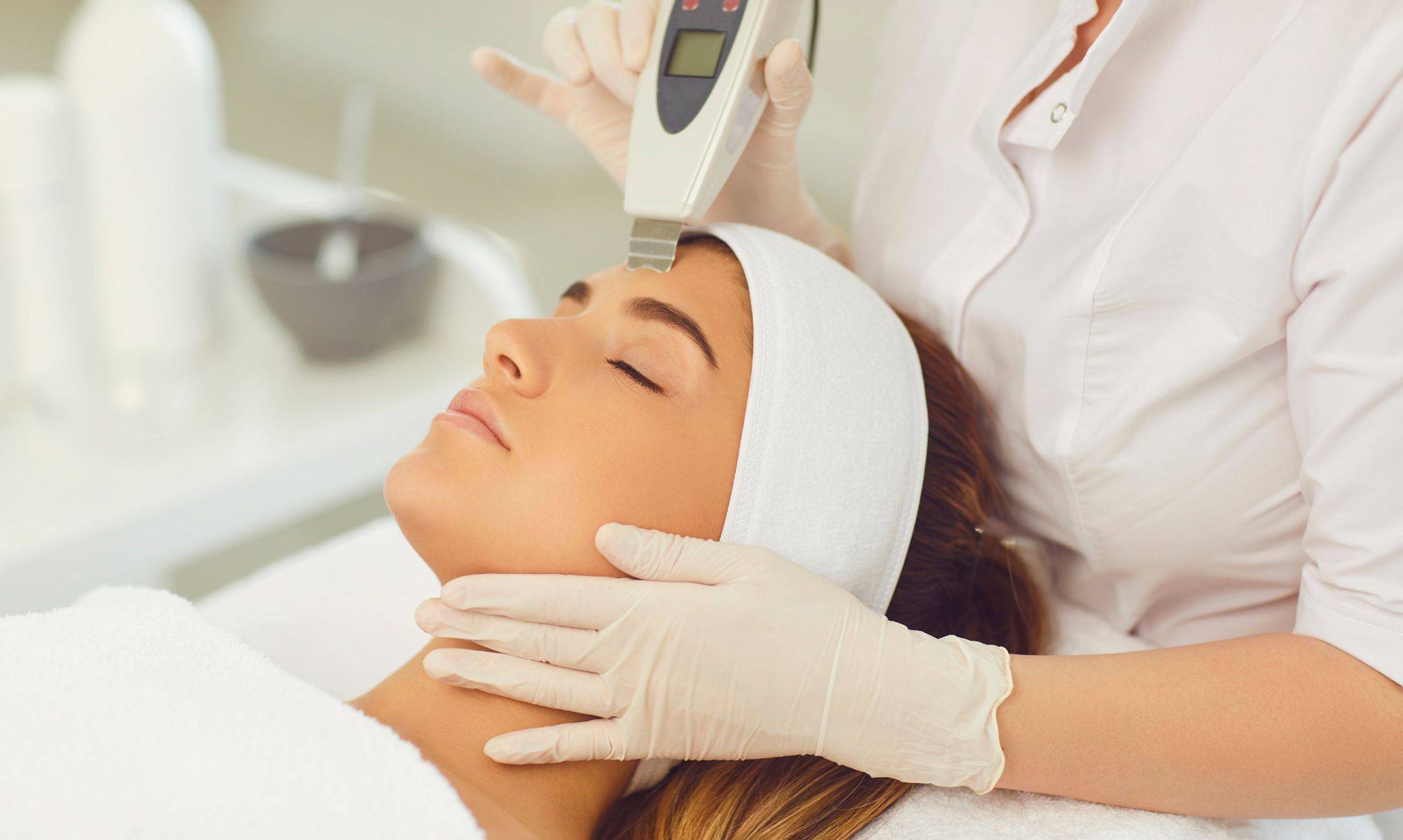For the better and more confident you

By Puteri Syafeeqa | June 23rd, 2025
Dealing with acne is difficult enough on its own, but for many, the marks it leaves behind can be just as frustrating. The good news is that acne scars do not have to be permanent. With the right treatment approach, the appearance of scars can be reduced significantly. Before starting any scar treatment, it is important to make sure that your active acne is fully under control. Ongoing breakouts can lead to new scars, and inflammation from acne can interfere with the effectiveness of certain treatments.
Why and How Acne Scars Form
Acne scars form when breakouts damage the skin and the tissue beneath it. The skin attempts to heal itself, but this process can lead to scars, either from too little collagen (causing depressed scars) or too much (resulting in raised scars). It is essential to first identify the type of scar you have, as different scars respond to different treatments. Skin tone also plays a role; for example, people with darker skin may need pretreatment to prevent hyperpigmentation when undergoing certain procedures like lasers or peels.
Types of Acne Scars
There are two main types of acne scars: atrophic (depressed) and hypertrophic (raised).
Atrophic scars are most common on the face which include:
1. Boxcar scars (broad with sharp edges)
2. Ice pick scars (narrow and deep)
3. Rolling scars (wide with a wavy appearance)
Hypertrophic scars, on the other hand, appear raised above the skin’s surface and often occur on the back or chest. These result from excess collagen during the healing process.

Topical Treatments for Milder Scarring
There are several over-the-counter and professional treatments available. Topical products like alpha hydroxy acids (AHAs) help exfoliate the skin, reduce roughness and discoloration. Lactic acid, found in many skincare products and peels, improves texture and lightens dark spots. Retinoids are effective in promoting cell turnover and reducing both texture and discoloration. Salicylic acid is another go-to for acne and scars as it clears pores, reduces redness, and exfoliates the skin. Most importantly, daily sunscreen is a must. UV exposure can darken scars, making them more visible and harder to treat.
Professional Procedures for Deeper Scars
For deeper or more stubborn scars, doctors may perform procedures that may offer better results. Chemical peels use acids to remove the top skin layer and are especially effective on deeper scars. Laser resurfacing, dermabrasion, and microneedling help trigger collagen production and reduce scar depth. Fillers can be used to plump up depressed scars temporarily or permanently. Subcision, a minor surgical procedure, involves breaking the fibrous bands that tether a scar beneath the skin, helping it rise to the surface. Raised scars can often be treated with steroid or medication injections that help flatten and soften the tissue over time.
Choosing the Right Treatment Plan
Ultimately, the best treatment depends on your skin type, scar type, and how your skin responds to specific therapies. A doctor can help you create a personalized plan based on these factors. It is important to understand that while many treatments can significantly fade acne scars, they may not remove them completely.

The most effective way to prevent acne scars is to treat acne early and avoid picking or squeezing pimples. Keeping a consistent skincare routine and avoiding skin irritation can also help reduce the risk of scarring. While acne scars may feel permanent, there are more solutions than ever before to help restore smoother, more even-toned skin.
Check out here for acne scars treatment options available at our affiliated clinics.